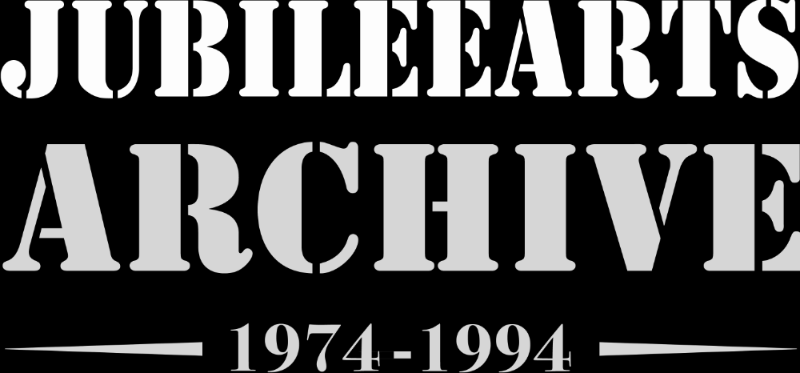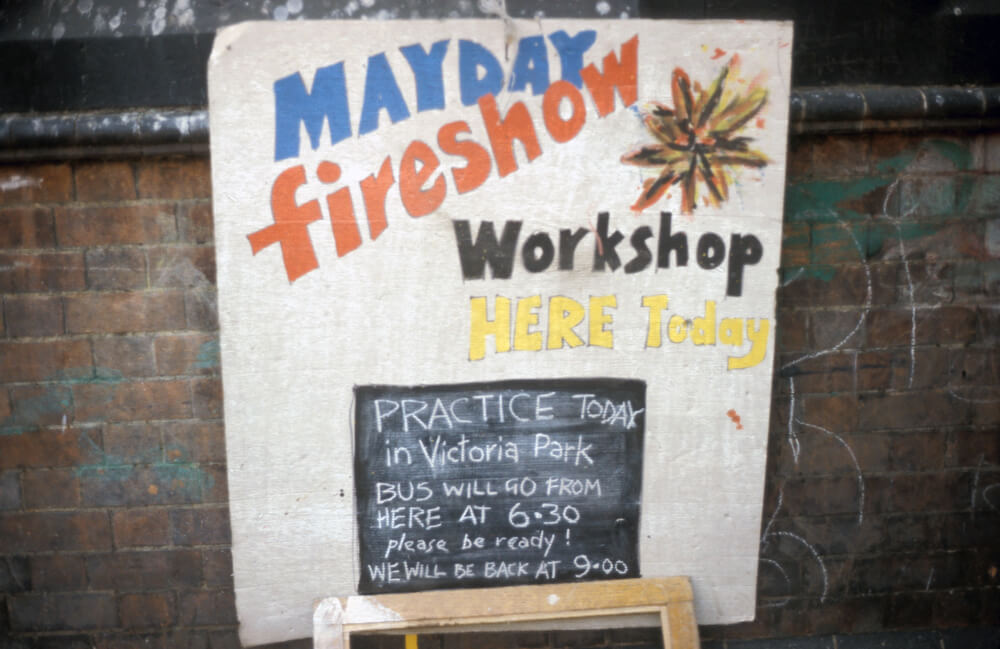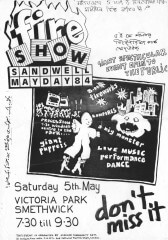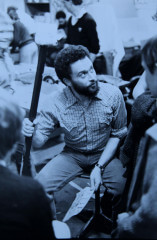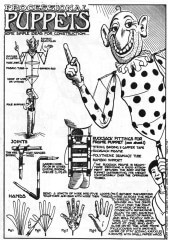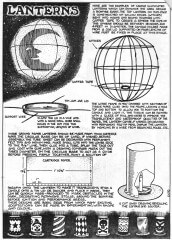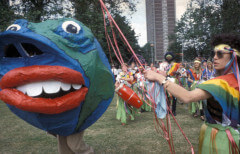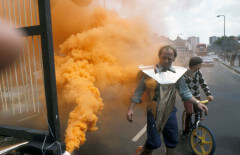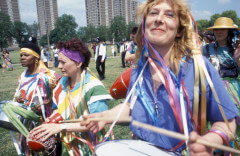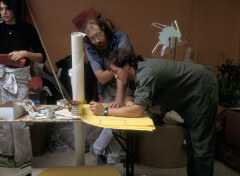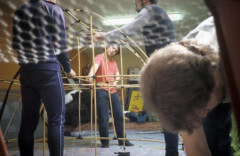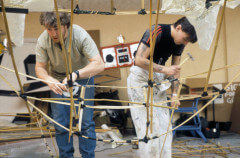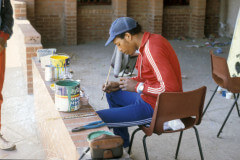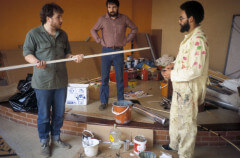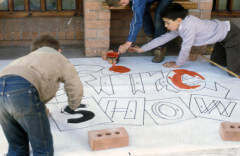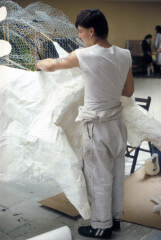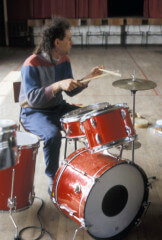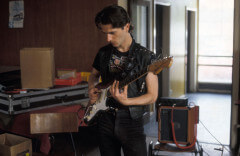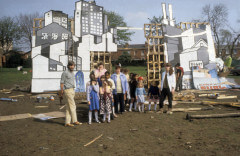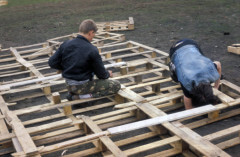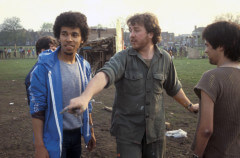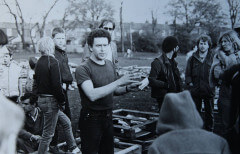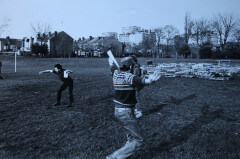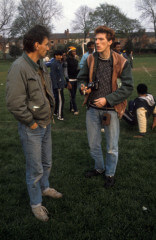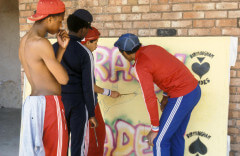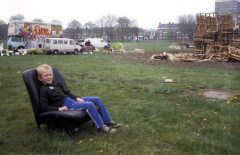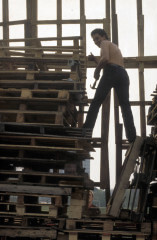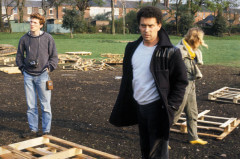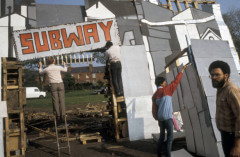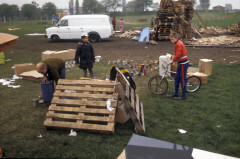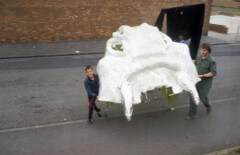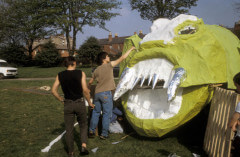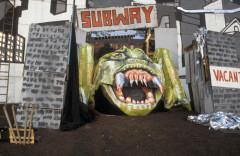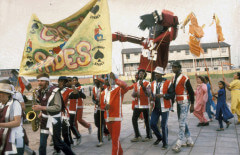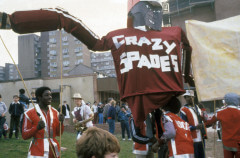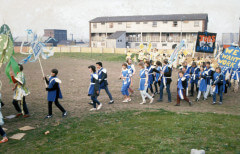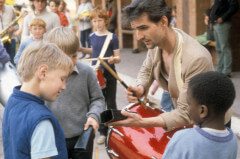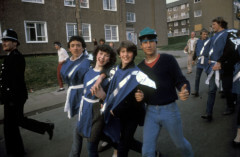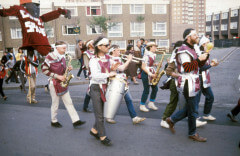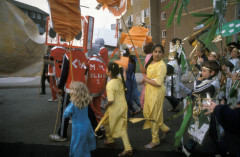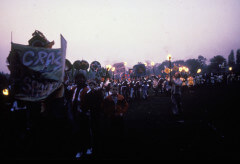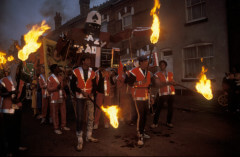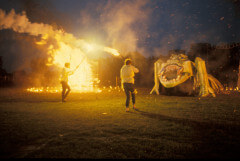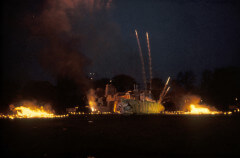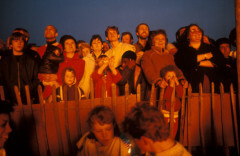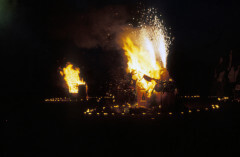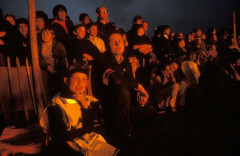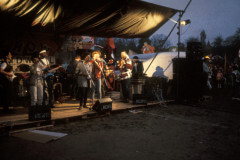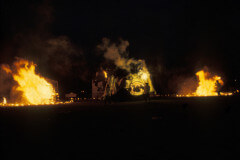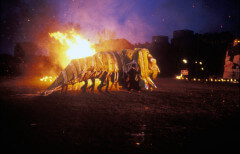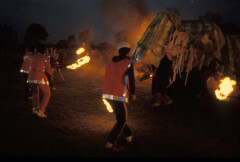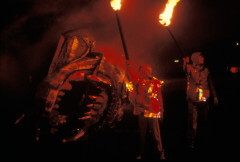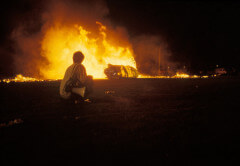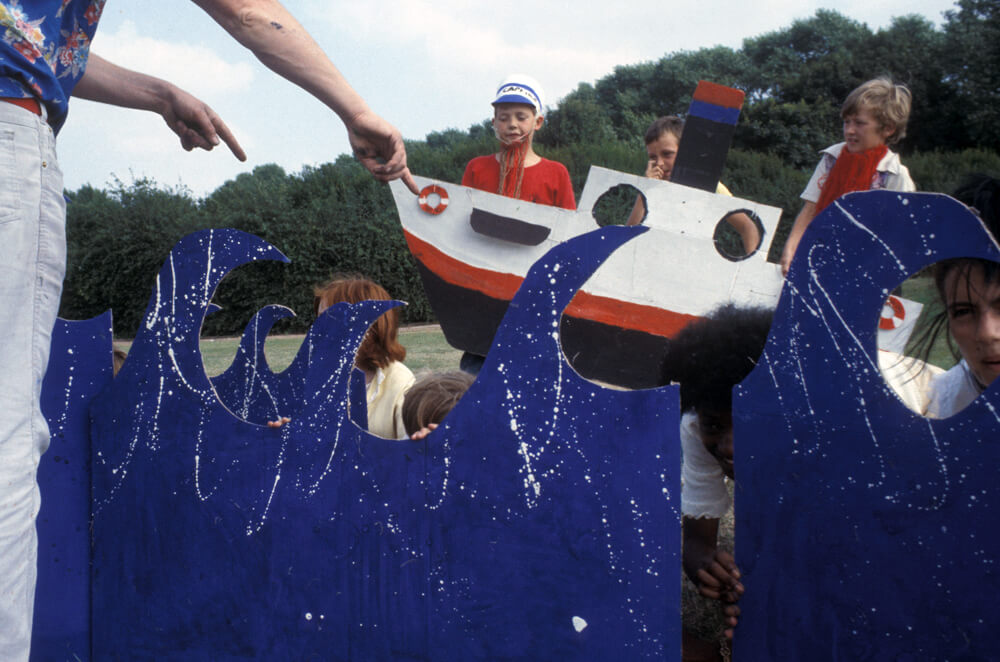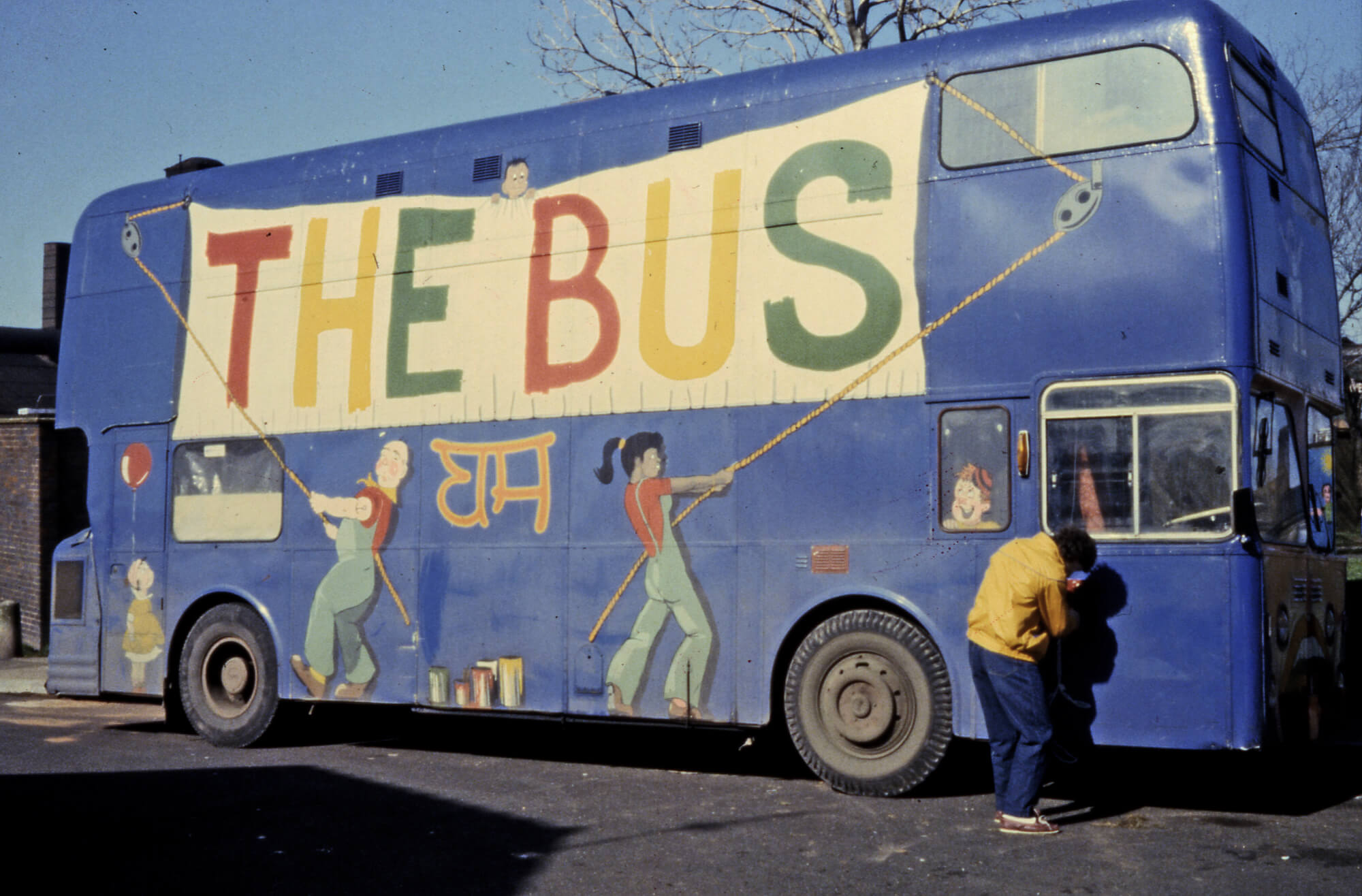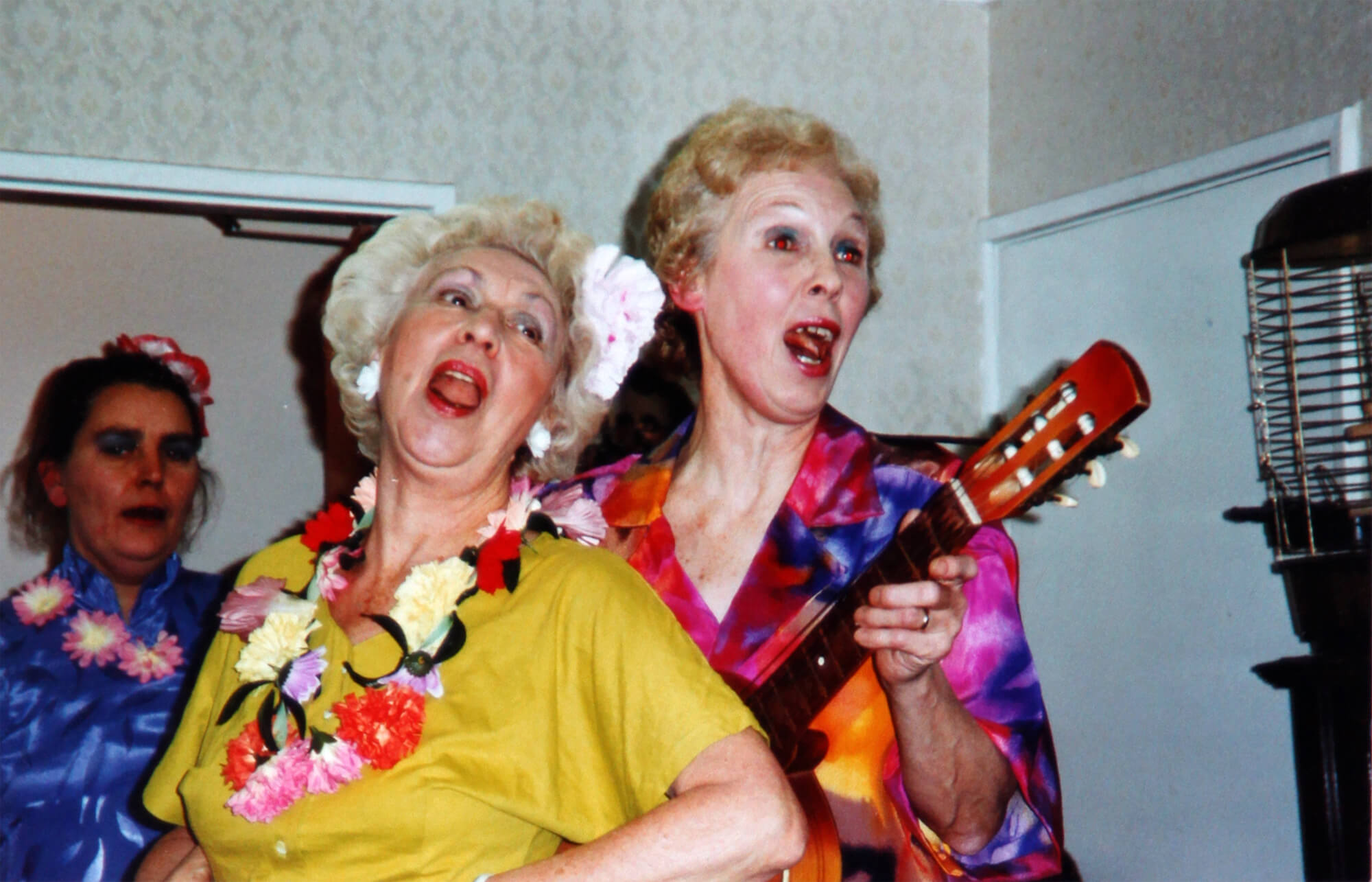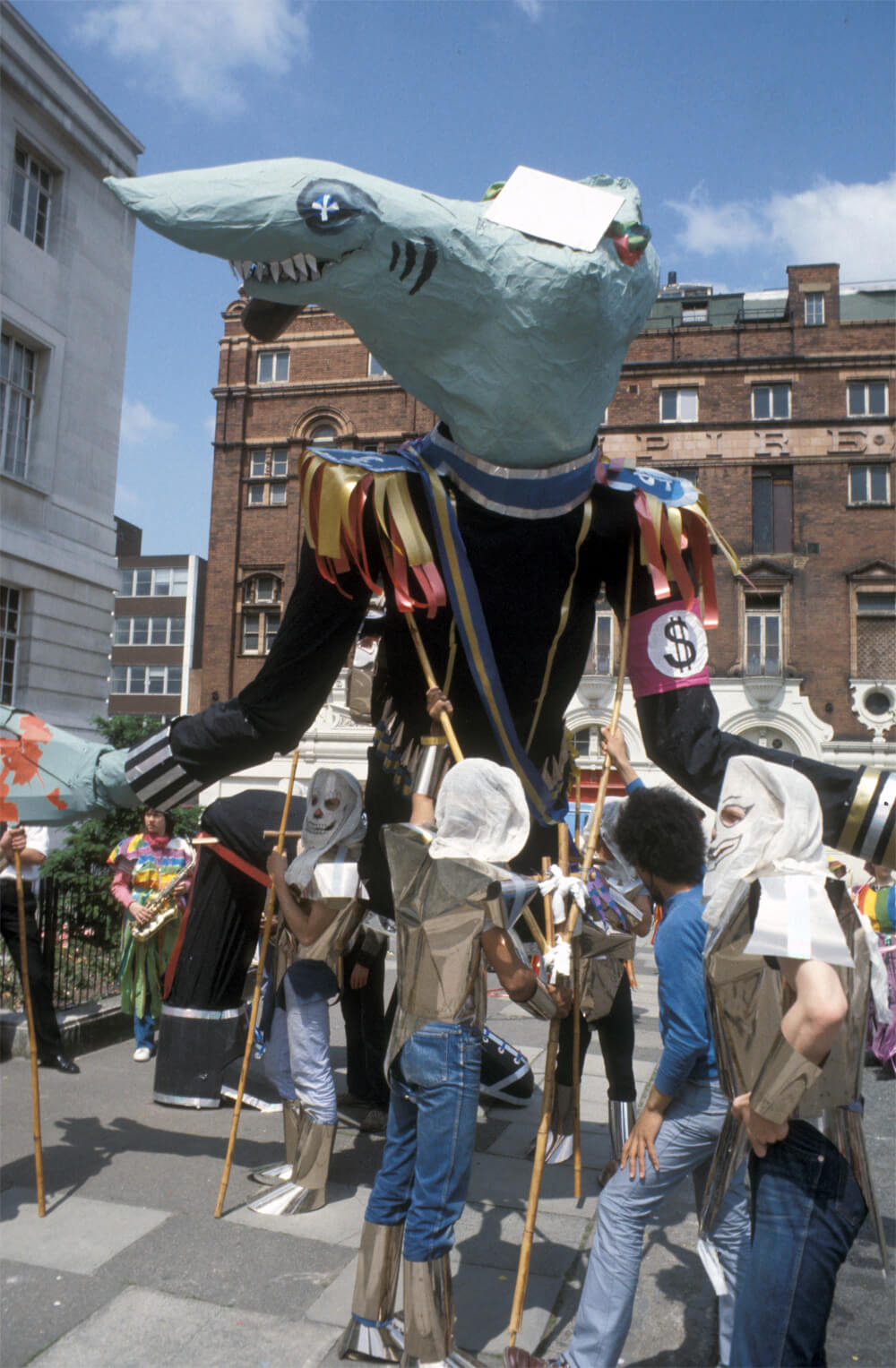
Since it’s beginning Jubilee Arts had been involved with May Day celebrations, working with trades councils in Sandwell, the Black Country and in Birmingham – “with varying degrees of success. That’s to say, nothing spectacular” as a worker report from the time put it. As an active member of the national Association for Community Artists (later the Shelton Trust) it had strong contacts with other community arts groups.
The previous year, Jubilee members had participated in the annual Hackney Festival, along with members of West Smethwick Community Association, working with Cultural Partnerships, a group who had recently split from Freeform Arts Trust (one of the first London community arts activist groups). They made large things. Cultural Partnerships had also been commissioned to create a Fireshow in Crewe to mark the establishment of a new community arts Group, The Wholeworks – and having visited that event with council officers, Jubilee proposed a collaboration in Sandwell. Victoria Park was the venue selected, as this had particular problems with low audiences for council events.
The aim of the fireshow was stated as: ‘to bring together a number of locally-based community based groups in Sandwell and people of all ages and cultural identities to co-operate and celebrate their backgrounds together during the event.’ In planning documents we find it was ‘intended that the event included a bonfire, fireworks and large-scale constructions to form a performance orientated event with the groups costumed and making their contributions in the form of dance and music’
Firstly, musician Louis O’Neil from Cultural Partnerships began early in the year running workshops in Smethwick with a key partner, the Community Association of West Smethwick, who had their own community artist, Harry Henderson. As an experienced Fireshow-er, Louis helped the early planning and logistics of putting o such an event. (He was also involved in setting up Smethwick Music Workshop, who contributed to the event.) Public meetings to encourage participants were held in the four locations proposed for workshops: Coneygre Youth Centre; Farley Park Centre, Greets Green; CAWS itself on West Smethwick estate; and at Windmill Lane Community Centre, Smethwick.
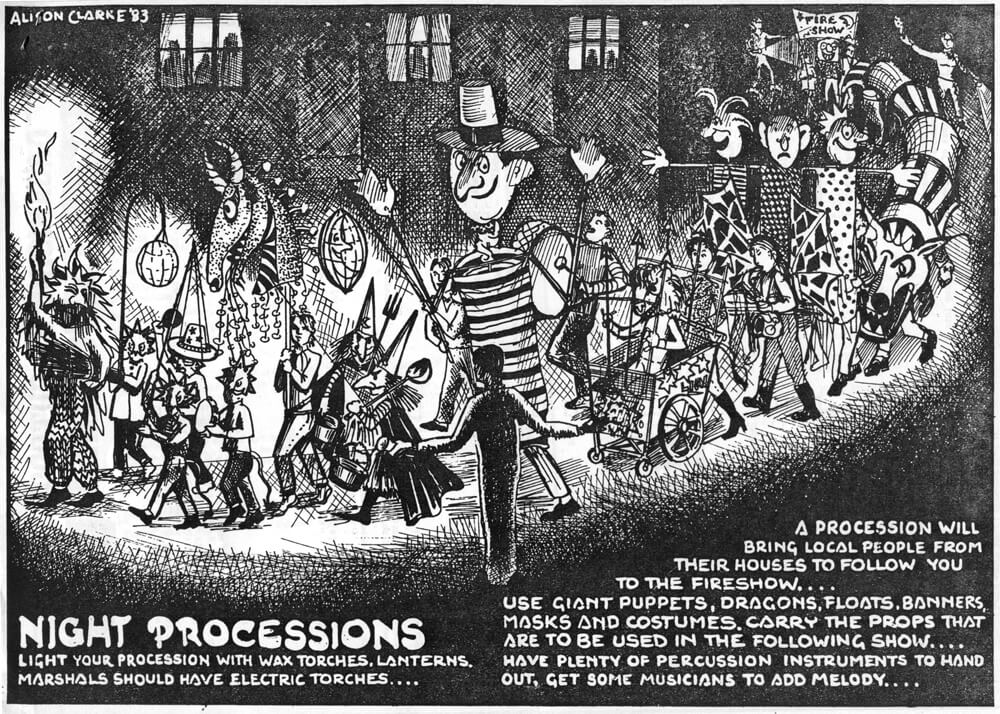
Image from Leicester City Council leaflet, mid 1980’s
‘In the last week before the event, the music workshop started intensive rehearsals, the number of musicians involved increasingly day by day. Last minute costume making for extras extras led to constant visiting of local market stalls for materials as the groups grew…’
– from Project Report, June 1985
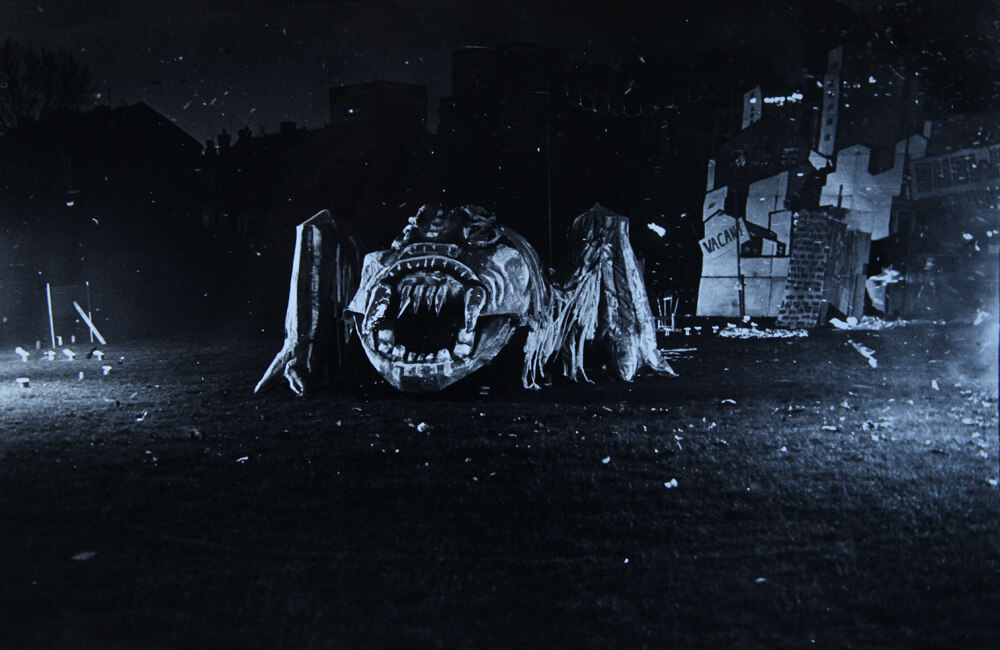
The evening began with all participants, over 200, processing from the Windmill Centre through the streets towards the park as dusk fell, accompanied by a street band. When they arrived at the park, the full 20 piece band began to play, the soundtrack of the evening. The story was simple: people enjoying themselves in the park, outside a community centre and a youth centre (both in reality mini-bonfires), when the Monster of Apathy and Depression comes forth to ruin their fun, burning down their centres and dispersing people. The people find back, push the creature back to its black and white lair and burn it. Fireworks galore. The work of six weeks burnt to the ground in under 90 minutes, one highlight being the aforementioned Director of Recreation and Amenities leaning over the fence, saying to one of the organisers, ‘It’s quite good this. Well done!’
Or as one break dancer said: ‘Sweet!’
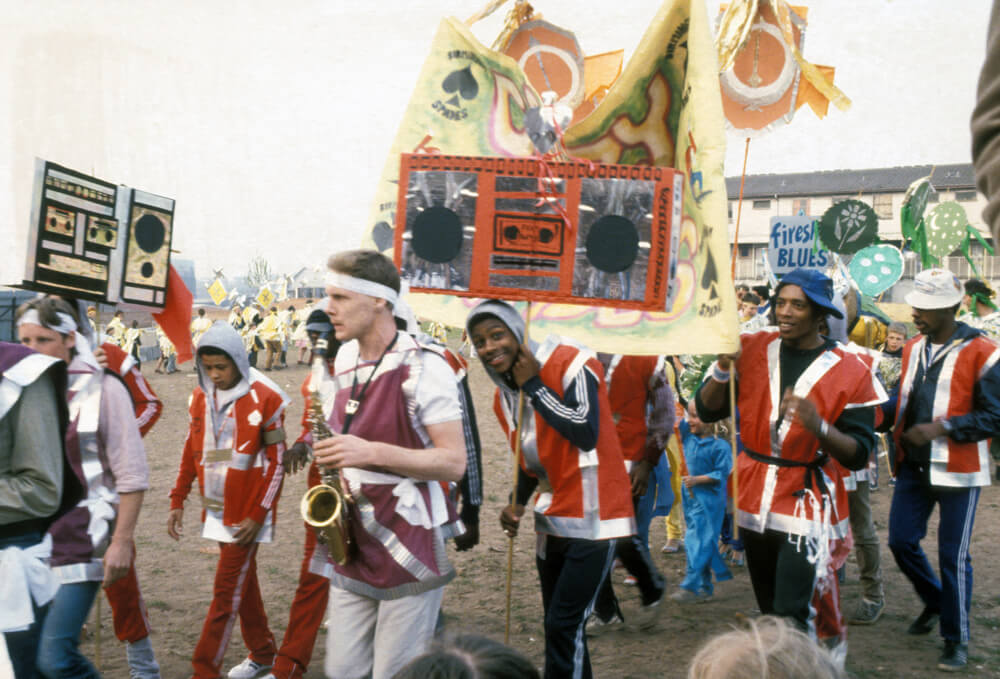
That May Day Fireshow attracted over 6000 people, more than three times the usual audience for the regular Recreation Department traditional bonfire and firework event in November. What impact did it have? It raised the aspirations of the council to create more visually arresting events in parks, and look at ways to better involve community associations and how to better collaborate with arts group – later on, it influenced the production of a community play in Wednesbury with Jubilee and Theatre Foundry. For Jubilee, it inspired their artists to think how to take the elements of a large scale project such as this and compress it into a smaller timescale and tour it to more locations in the borough – puppets, fire, music, procession, lanterns, lighting. Thus was born the community celebrations programme, 1985-88. Crucially, as a catalyst it brought together many of the disparate groups that Jubilee worked with it to create a cultural spectacle. It also led Jubilee to search further afield for expertise to help deliver its vision for local projects. The music workshop at CAWS also continued for several years, often providing a pool of musicians for other Jubilee projects and events. It informed the creation of future training opportunities, based on offering real life practical experience.
